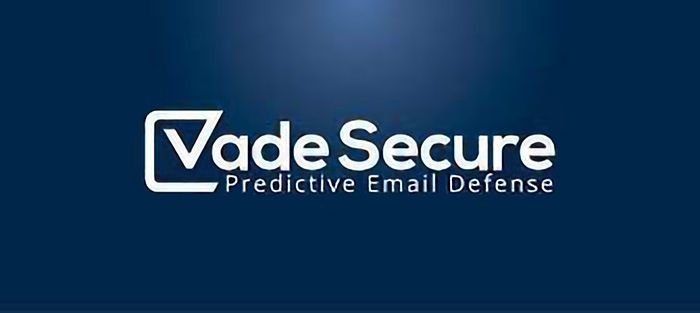All internet service providers (ISPs) aim to provide their subscribers with a fast and reliable connection. However, in 2017, forward-thinking ISPs must also find ways to reinvigorate their service offering and deliver more value to their subscribers. In a crowded market, it can be tricky for an ISP to identify the solutions that will help them stay relevant while also driving business results.
At Open-Xchange, we enable telecommunication companies to offer their subscribers advanced services which add value and deliver a safer and more secure internet experience. This, in turn, enables ISPs to engage with their customers at a new level.
Core to this line of thinking is the idea that an ISP needs to deliver a consistent user experience which inspires confidence. In other words, a solution which helps the user navigate and overcome the problems inherent to an interconnected world. More often than not, in today’s world, that problem is how to keep our online lives secure, safe and private.
The current levels of protection many ISPs offer adds little value to the user experience, and is unsustainable to the business. The typical models currently in place follow one of two routes: either to provide cumbersome anti-malware software which requires the user to be fully engaged with installation and updates on each device, or, through deep packet inspection at the network level.
The first approach requires the user’s proactive intervention, but with the multitude of devices in a typical household, this becomes quite a hassle and is unlikely to be sustained by subscribers.
While the latter approach does filter inappropriate packets of data, it is quickly running into its own challenges. To start with, installing DPI systems in the network raises questions about privacy, since a subscriber cannot be certain of how the system will be used. As a reaction to a number of recent developments, encryption – fundamental in a private world – is increasing rapidly. But encryption masks the content of certain packages, and as IP-traffic is expected to triple by 2020, an ever increasing mountain of data to inspect is rendering the whole process to be overwhelmingly expensive to maintain.
So, what’s the alternative? How do ISPs provide the best customer experience possible, and simultaneously protect the user?
http://blog.open-xchange.com/wp-content/uploads/2016/06/Powerdns.pngThe answer can be found in one of the very building blocks of the internet itself: DNS. Essentially, Domain Name Systems are the ‘phone book’ of the Internet which connect users and email addresses to the right servers. By building protection into the core infrastructure of the web, ISPs can screen unsafe sites and content to alert users before they run into trouble.
A big advantage of providing a network-wide security layer based on DNS is that it not only protects a user’s laptop or phone, but all devices on their Internet connection. This means it also covers smart TVs and all the other ‘Internet of Things’ devices connected in a user’s home.
There is currently a heightened interest across Europe to ensure web-users can enjoy a certain level of protection from their ISP both now and in the future. This includes blocking malicious or inappropriate sites and malware from the moment they type a URL into their browser, but most ISPs on the continent do not yet provide such protection.
Using the UK as a blueprint, other ISPs must step up to seize the opportunity before them, and seize market share by using DNS to offer subscribers added value and better online protection. Central to this model is the right to control what content users are able to access, on what device. PowerDNS allows subscribers to easily fine-tune their own DNS security settings.
It’s no longer a question of whether a cyber-attack will occur, but when. As the trusted gateway to the internet, it’s time ISPs focus on the value they can deliver in this space. It’s increasingly obvious that this value lies in network-based, DNS-layer protection, that works for all endpoints – from printers and tablets to smart TVs and fridges, and the whole ‘Internet of Things’.





